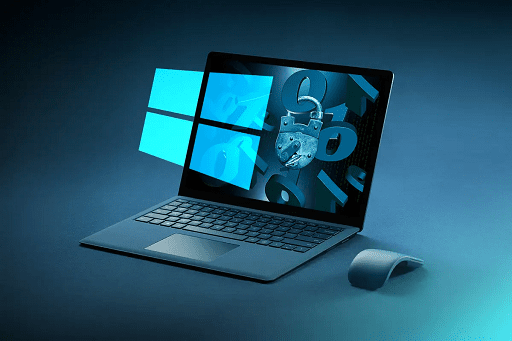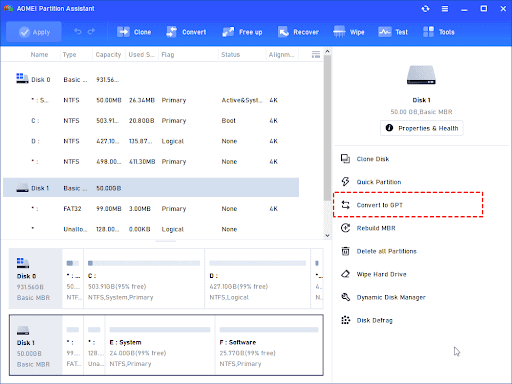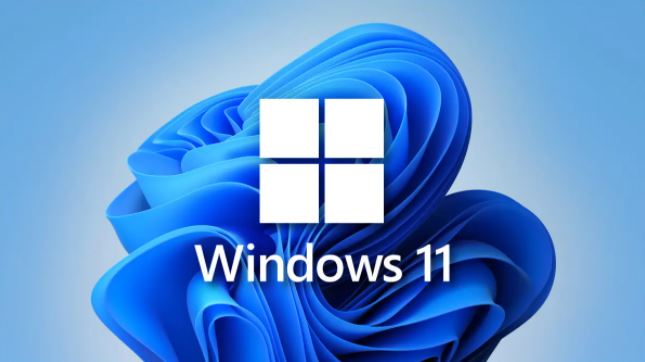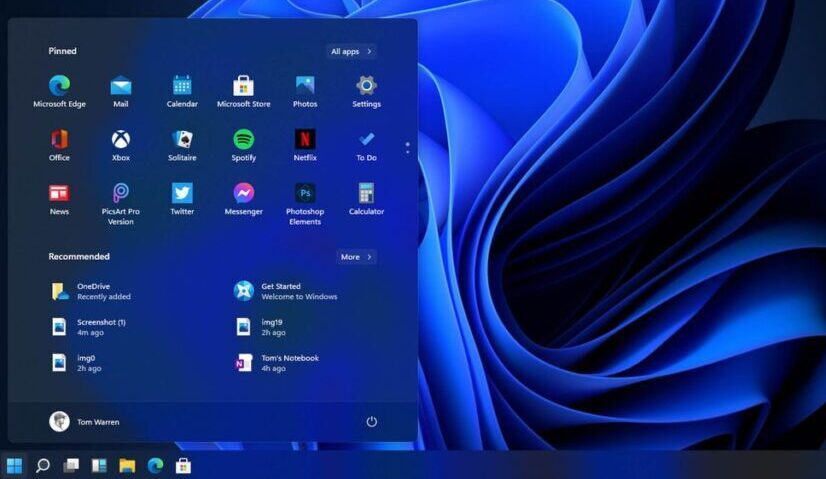How to Fix Windows 10 Vulnerabilities: Microsoft is giving owners of genuine versions of Windows 7 or Windows 8/8.1 an early holiday gift in the form of a free upgrade to Windows 10, with no additional obligations attached.
Windows Device Guard, Hello, and Passport are three of the new features that enable improved security and will likely be welcomed by customers who place a high priority on data protection.
Windows 10, despite its nifty additions for bolstering one’s desktop security posture, has not been without its own critical security flaws. These flaws have been present since the release of Windows 10.
Every piece of software has the potential to contain bugs and security flaws; therefore, it is essential to stay on top of these issues to stop systems from being exploited. The following is a list of the top 10 vulnerabilities discovered in Windows 10 to date, along with information on how to fix them.

Top Windows 10 Vulnerabilities
-
Potential security holes in Microsoft Edge (MS15-091)
To say the least, the previous version of the browser known as Internet Explorer did not have the best reputation in terms of safety, and it appears that the new browser known as Edge is also getting off to a shaky start in terms of safety.
Attackers may be able to take control of systems by exploiting a variety of flaws, including remote code execution vulnerabilities and security feature bypass exploits. On the page for this item’s security bulletin, you can find additional information as well as instructions for patching.
You may also like: How to find MAC address on Windows 11
-
Vulnerabilities Within Microsoft’s Graphics Components (MS15-080)
This cluster of vulnerabilities is connected to a variety of font and graphics memory-management flaws, which could ultimately lead to the execution of remote code if a user visits an untrusted website that contains embedded fonts. The item’s security bulletin provides comprehensive information about patching, which can be accessed there.
-
A flaw in Microsoft Windows Journal that could be exploited (MS15-098)
Users who open a maliciously crafted Journal file could be exploited through this vulnerability and have code remotely executed on their systems. On the page devoted to this item’s security bulletin, you can find both additional information and a patch.
-
Re-Direct to the Vulnerabilities of SMBs (CVE-2015-5143)
This security flaw is present in all versions of Windows, including Windows 10, and it primarily affects a fundamental Windows API library as well as the method by which Windows connects to SMB.
Because of this, Windows users run the risk of having their encrypted login credentials stolen and being redirected to malicious servers that use the SMB file-sharing protocol. Blocking TCP ports 139 and 445 to disable SMB is the most effective measure that can be taken to mitigate the impact of this cyber threat.
-
Contact-Sharing Capabilities Built Into Windows 10 WiFi Sense
Your WiFi credentials will be shared with your Outlook, Skype, and Facebook contacts by default in Windows 10, presumably to simplify the process of sharing WiFi and hotspots. Because of this, it will be possible for any of these contacts to bypass the authorization process and join your wifi network if they are in the vicinity.
Even though this feature is not necessarily a software vulnerability, it does have the potential to result in compromises and therefore needs to be remedied using the following steps:
Before you upgrade to Windows 10, you should modify the wireless network name or SSID so that it includes the terms ” nomap optout.”
After the upgrade, you should modify your Windows privacy settings to turn off Wi-Fi Sense sharing.
You may also like: How to install Windows 11 on Steam Deck
-
Internet Explorer Vulnerabilities (MS15-079)
Microsoft’s notoriously reviled web browser, Internet Explorer, has been found to have a slew of new vulnerabilities in Windows 10, the most serious of which gives attackers the ability to gain the user’s system rights. On the page for the item’s security bulletin, you can find additional information as well as patching specifics.
-
Vulnerability for Escalation of Privilege within the.NET Framework (MS15-092)
.NET applications that have been created from scratch have the potential to trigger privilege escalation exploits. However, users need to be initially persuaded or tricked into running the applications in question. On the page devoted to this item’s security bulletin, you can find additional information as well as instructions for patches.
-
A security flaw in the Microsoft Font Drivers (MS15-078)
The way that Windows Adobe Type Manager handles specially crafted OpenType fonts is flawed, which can lead to a vulnerability that allows arbitrary code to be executed remotely.
Because of this, attackers can take full control of the system and install programs, view, change, or delete data, and create new accounts for themselves. Even though Microsoft has automatically patched this vulnerability in the wild, the patch can still be downloaded and installed manually if desired.
-
A vulnerability involving the elevation of privilege in Win32k
Due to a flaw in a graphical user interface (GUI) component of Windows 10, specifically the scrollbar element, it is possible for a malicious actor to gain complete control of a computer running Windows by elevating its privileges. A fix for this vulnerability has been made available by Microsoft in the form of a patch.
-
A Vulnerability in the Mount Manager of Windows 10 (CVE-2015-1769, MS15-085)
When exploiting this vulnerability, you could potentially gain additional privileges on the target system by connecting a USB device to it. An adversary could write harmful code to disk in the form of a binary and then run it if they used this approach. This vulnerability can be patched with an update that is currently available from Microsoft.
You may also like: How to disable ads on Windows 11
How to Fix Windows 10 Vulnerabilities
You will need to determine which updates are necessary according to the information provided by Windows Update to repair the vulnerabilities described above.
Alternately, UpGuard gives you the ability to perform this task in an effortless and automated manner throughout your entire environment with just a few clicks of your mouse. The robust policy engine that we have allows us to validate secure configurations for any environment, infrastructure, and application stacks.
In this scenario, a simple Windows 10 security policy can be executed to check for any of the vulnerabilities described above, in addition to any newly discovered vulnerabilities that have not yet been added to the policy.
Our vulnerability detection and monitoring suite, which is backed by OVAL, ensures that all of the Windows 10 nodes in your environment are free of vulnerabilities and security flaws by scanning them all.
Would you like to read more about How to Fix Windows 10 Vulnerabilities-related articles? If so, we invite you to take a look at our other tech topics before you leave!










